Can dogs eat kidney beans? Kidney beans are a common ingredient in many kitchens. They have a mild flavor and soft texture, making them a good addition to soups, stews, and salads.
People like kidney beans for their nutrition. They have protein, fiber, minerals, and plenty of antioxidants. The USDA even lists them as one of the best plant sources for antioxidants. These nutrients help you stay healthy and feel full.
Since kidney beans are good for people, it makes sense to ask if dogs can eat them too. Can our pets get the same benefits?
This guide explains the pros and cons of kidney beans for dogs. You’ll find out when they’re safe, how much to give, which dogs should skip them, and how to prepare them. There are also tips for different dog sizes. By the end, you’ll know if kidney beans are right for your dog.
Table of Contents
- Can Dogs Eat Kidney Beans?
- Health Benefits of Kidney Beans for Dogs
- Risks of Kidney Beans for Dogs
- How to Prepare Kidney Beans for Dogs
- Feeding Plans by Dog Size
- Case Examples
- Comparison With Other Beans
- Final Thoughts
What Are Kidney Beans?
Kidney beans are a kind of legume shaped like a kidney, which is where they get their name. They’re in the same family as black beans, navy beans, and pinto beans. Red kidney beans are most common, but you might see white ones called cannellini beans too.
Nutritional Profile of Kidney Beans
According to USDA data, per 100 grams of boiled kidney beans you’ll find:
- Calories: 127
- Protein: 8.7 g
- Fat: 0.5 g
- Carbohydrates: 22.8 g
- Fiber: 6.4 g
- Folate (B9): 33% of daily requirement for humans
- Iron: 22% of daily requirement
- Magnesium: 10% of daily requirement
- Potassium: 8% of daily requirement
Kidney beans are low in fat, high in protein, and packed with fiber. They’re great for people, but dogs have their own nutrition needs.
Can Dogs Eat Kidney Beans?
Dogs can eat kidney beans, but only if they’re fully cooked. Raw kidney beans have a toxin called phytohaemagglutinin that can upset the stomach in both people and pets. Even a few raw beans can cause vomiting, diarrhea, or stomach pain.
Cooking kidney beans removes this toxin and makes them safe to eat. Do not feed raw or undercooked beans, or canned beans with added salt or other ingredients.
Dogs won’t get exactly the same health benefits as humans from kidney beans, but they can still enjoy protein, fiber, and antioxidants as part of their diet. The key is moderation.
Health Benefits of Kidney Beans for Dogs
Kidney beans should not replace meat or regular dog food. They can be given as a supplement or treat for added nutrition.
1. Plant Protein Boost
Dogs mainly get protein from animal sources. Adding a small amount of kidney beans can provide extra protein without much fat. For example, half a cup of cooked beans has about 7.5 grams of protein.
2. Improved Digestion from Fiber
Fiber helps keep a dog’s digestion regular. Dogs on fiber-rich diets often have better stool consistency. Kidney beans have 6 grams of fiber per 100 grams, which can help dogs with constipation.
3. Antioxidant Protection
Red kidney beans are high in antioxidants, including polyphenols. For dogs, antioxidants can support the immune system and help reduce inflammation.
4. Better Heart Health
Kidney beans contain minerals like magnesium and potassium, which support heart health. These nutrients are especially helpful for older dogs.
5. Weight Management
The combination of fiber and protein keeps dogs feeling full for longer. For overweight pets, exchanging a few high-calorie treats for beans can help reduce calorie intake without sacrificing satiety.
Risks of Kidney Beans for Dogs
Kidney beans are safe if prepared the right way, but there are risks if they are not cooked or served properly.
1. Danger of Raw or Undercooked Beans
Raw beans can cause vomiting, loss of appetite, and diarrhea due to phytohaemagglutinin poisoning. One study noted that even five raw beans may trigger illness. Cooking completely removes this danger.
2. Risk of Gas and Bloating
Beans are harder for dogs to digest than meat. Feeding too many beans can cause gas or loose stools. Start with a small amount.
3. Sodium from Canned Beans
Canned kidney beans often have added salt. Too much sodium can be hard on a dog’s kidneys and heart. Avoid canned beans with added salt.
4. Allergies or Sensitivity
Some dogs may be allergic to legumes. Watch for signs like itchy skin, ear problems, or stomach upset after feeding beans.
How to Prepare Kidney Beans for Dogs
Cooking Instructions
- Soak beans overnight to reduce cooking time and improve digestibility.
- Boil them in fresh water until soft (about 60 minutes).
- Do not add salt, onion, garlic, spices, or oils—all of which are harmful to dogs.
- Allow beans to cool before serving.
Safe Serving Sizes
- Small dogs (under 20 lbs): 1–2 tablespoons occasionally
- Medium dogs (20–50 lbs): 2–3 tablespoons
- Large dogs (50+ lbs): 3–4 tablespoons
Feeding more than these amounts can upset your dog’s stomach. Kidney beans should be less than 10% of your dog’s total diet.
Feeding Plans by Dog Size
Small Dogs (Chihuahua, Pug, Dachshund)
- Mix 1 tablespoon of cooked beans into regular kibble 1–2 times a week.
- Works well with lean chicken or fish and steamed vegetables.
- Avoid beans if the dog already has a sensitive stomach.
Medium Dogs (Beagle, Cocker Spaniel, Border Collie)
- Add 2 tablespoons of cooked beans to a meal once or twice weekly.
- Combine with brown rice, chicken breast, and green beans for a balanced portion.
- Ideal for energetic dogs needing steady energy.
Large Dogs (Labrador, German Shepherd, Golden Retriever)
- Add up to 4 tablespoons of cooked beans 2–3 times a week.
- Best when paired with lean beef or turkey.
- Can be part of a weight-control diet for overweight dogs.
Senior Dogs
- Give small amounts to support heart and gut health.
- Avoid overfeeding to prevent gas and bloating, as older dogs have slower digestion.
Case Examples
Case 1: Bella the Labrador
Bella, a 6-year-old Labrador, was overweight. Her vet suggested lowering high-calorie treats and replacing them with fiber-rich foods. Her owner mixed 3 tablespoons of boiled kidney beans with her dinner twice weekly. After three months, Bella lost 5 pounds while still feeling satisfied after meals.
Case 2: Max the Chihuahua
Max suffered from constipation. His vet recommended adding a teaspoon of fiber-rich vegetables. A tablespoon of soft-boiled kidney beans mixed with boiled chicken improved his stool consistency within a week.
Case 3: Rocky the Beagle
Rocky loved beans, but one day his owner fed him canned beans straight from the package. Rocky developed diarrhea because of the salt and spice content. After rinsing beans properly and switching to home-cooked beans, Rocky could enjoy them again without problems.
Comparison With Other Beans
| Kidney Beans | Yes, when cooked | Protein, fiber, antioxidants | Raw beans toxic, gas and bloating |
| Black Beans | Yes, cooked | Fiber, blood sugar control | Excess may cause gas |
| Pinto Beans | Yes, cooked | Energy, protein | Avoid canned; may cause loose stools |
| Chickpeas | Yes, cooked | Low fat, good protein | Risk of gas; avoid canned |
| Baked Beans | No | None for dogs | High sugar, salt, additives harmful |
Scientific Reports:
- USDA Research: Kidney beans are among the top antioxidant-rich foods, containing large amounts of polyphenols.
- Journal of Animal Science (2018): Moderate legume use in dog diets improves stool quality but should not replace meat proteins due to digestibility limits.
- American Kennel Club (2021): Beans can be a safe, healthy snack for dogs, but must be plain, cooked, and in moderation.
Final Thoughts
Kidney beans can be a safe and healthy addition to your dog’s diet when prepared correctly. They provide protein, fiber, antioxidants, and minerals that support digestion, energy, and heart health. However, they should never replace meat or be eaten raw. Always cook beans well, serve in moderation, and observe your dog’s reaction.
Use kidney beans as an occasional supplement, not a daily food. With the right serving size, your dog can enjoy the benefits of this healthy legume.

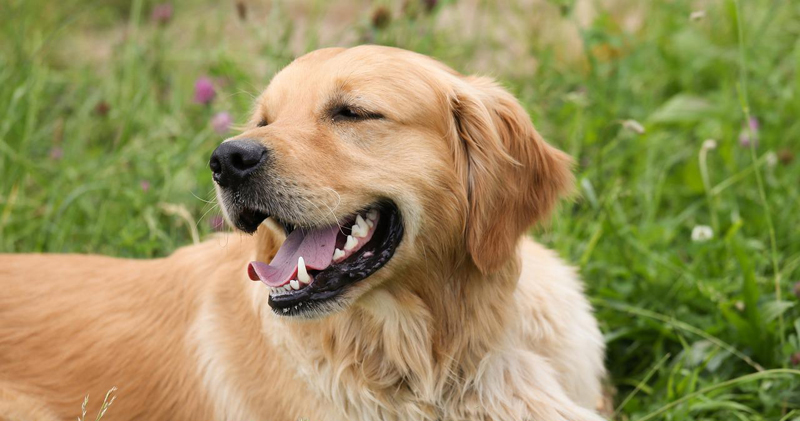

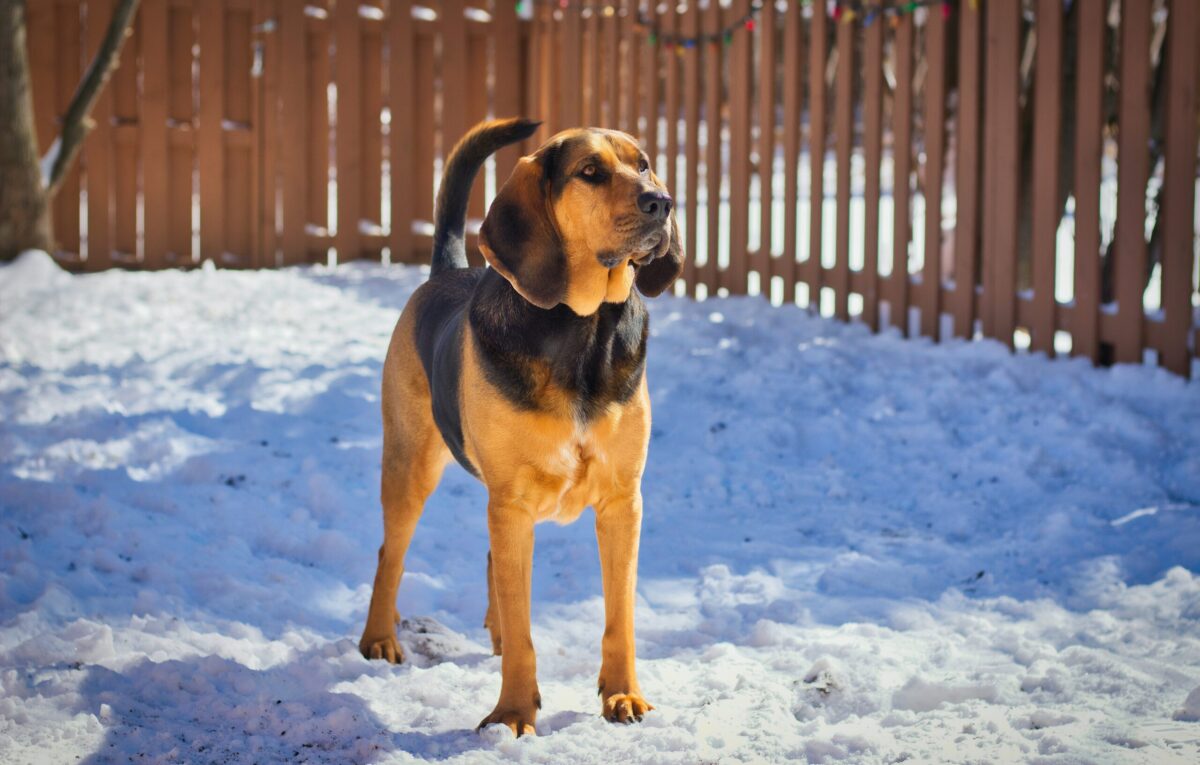








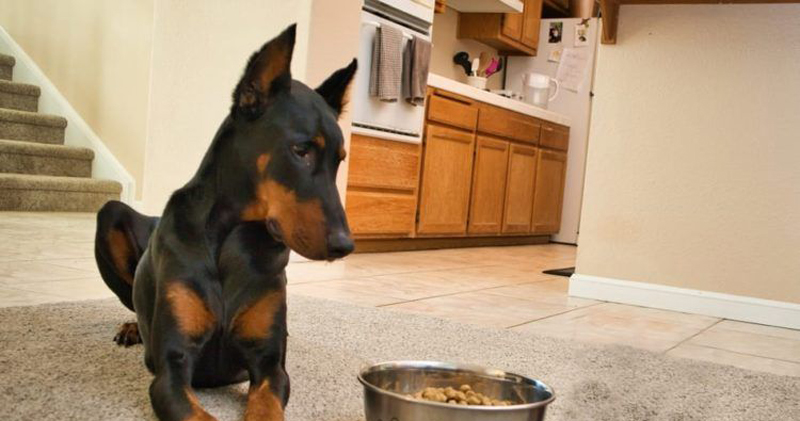
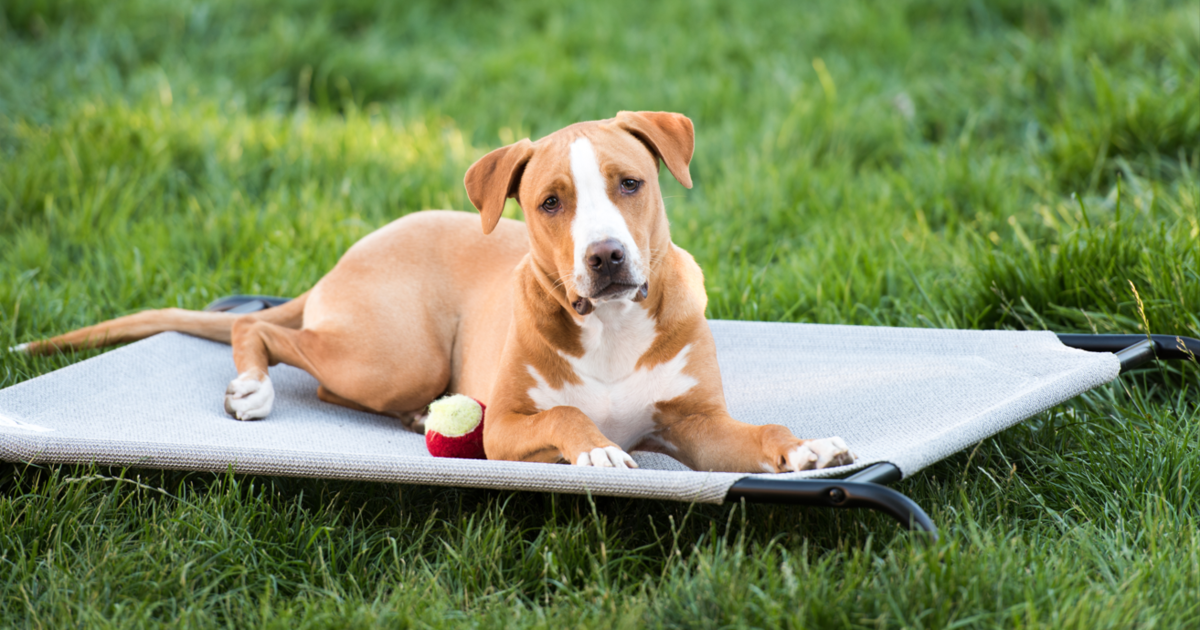



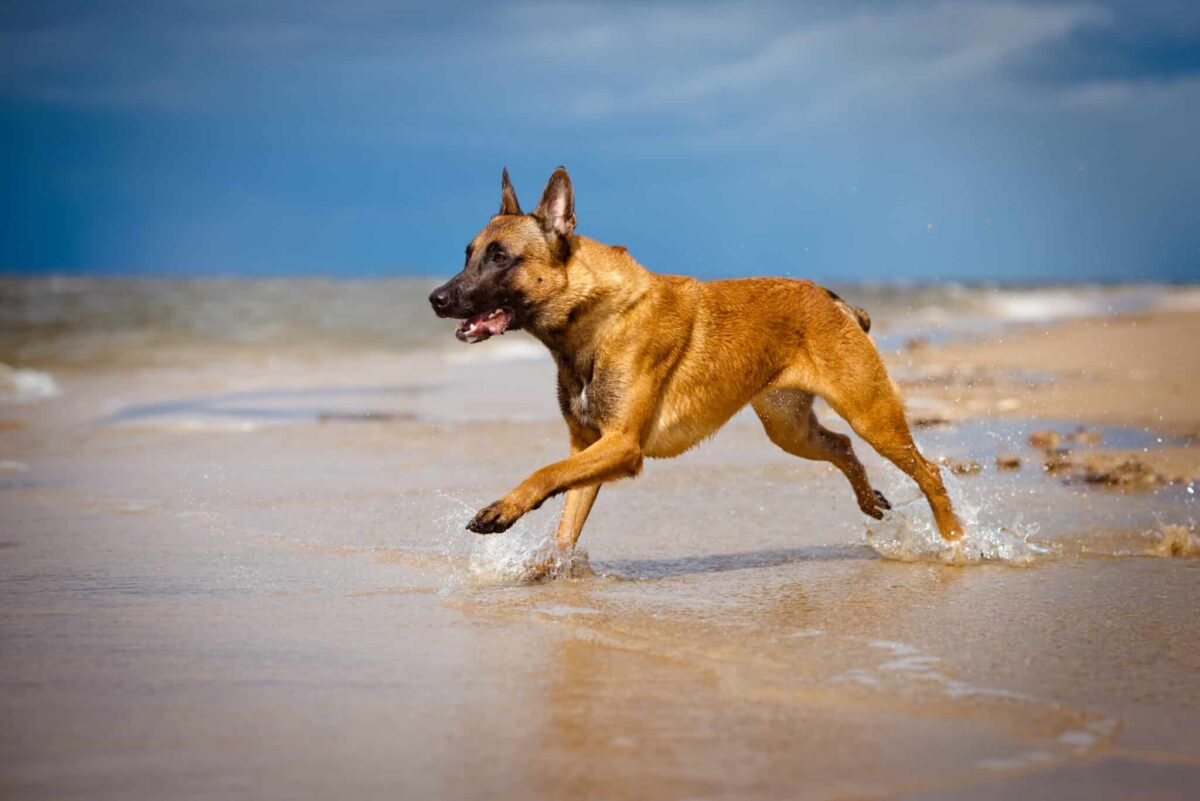

 English (US) ·
English (US) ·